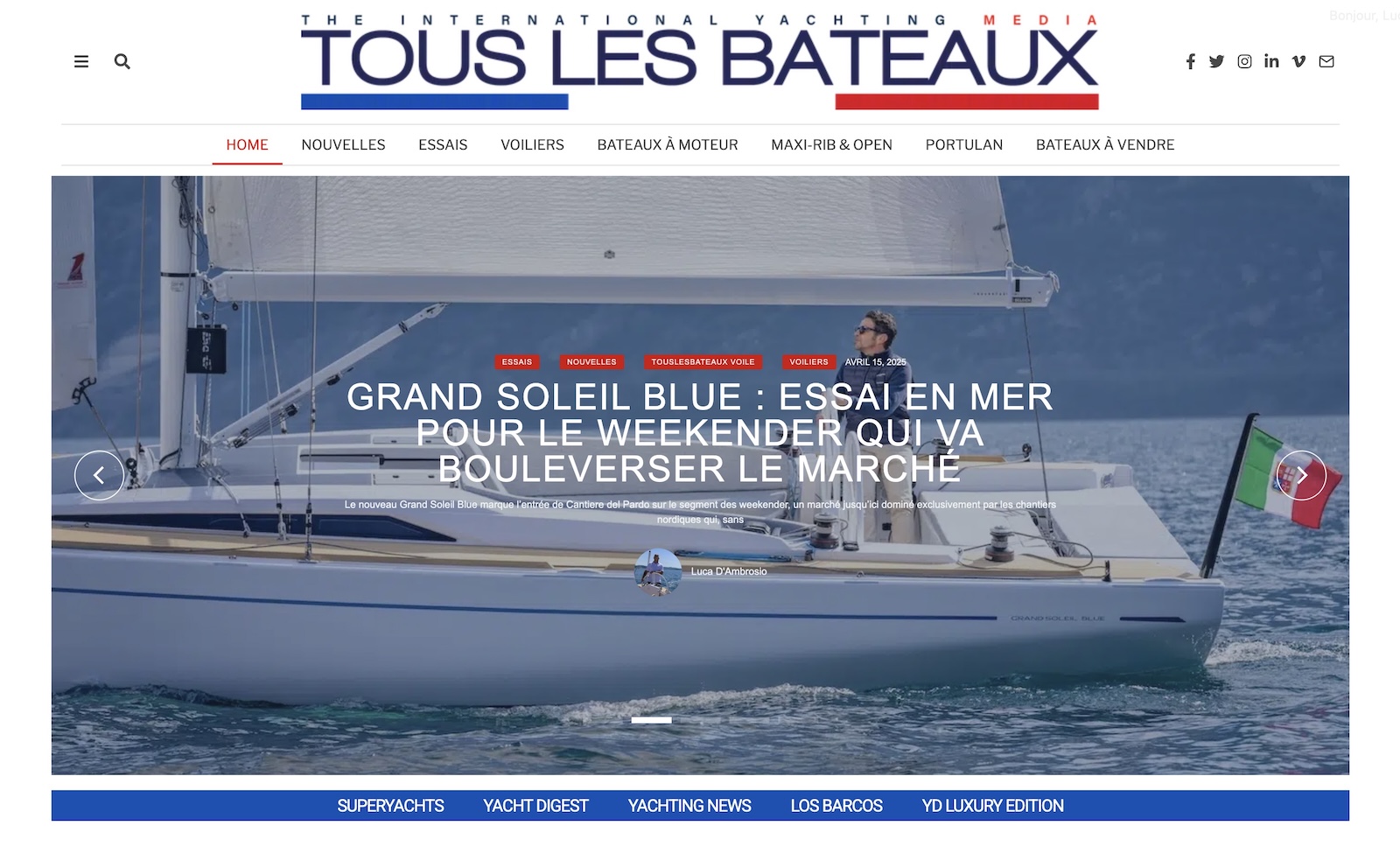Power generator is one among the most important and useful accessories for sailors spending a lot of time away from docks. While sailing or when at anchor, the need for power is increasingly more impelling today. Modern boats are indeed equipped with a multitude of energy-consuming devices including refrigerator, navigation, deck and interior lights, stero system, tv as well as a large amount of electronic equipment, from log and chartplotter to Vhf radio and Ais system along with more modern – now inseparable companions of many boaters – mobile phones, tablets, laptops which, like the 90’s tamagotchi, need attention and care and, of course, electricity.

If our boat is an old-generation one, it might be hardly equipped to meet all the electron-based power supply demands arising during a summer cruise both in terms of battery pack and autonomous energy production.
This is why we’ve decided to equip our lab-boat, a 1985 Daydreamer Comet 460, with a functional user-friendly electric power generator. Installation was executed in Marina di Varazze, Italy, with the technical assistance of Alpha Shipyard. Since it is a very powerful and large-sized marine generator, the main problem was where to place it. Well, we’re sure that you will find the solution we adopted of great interest.

But let’s proceed in the right order. First of all, we chose a Coelmo DM 600, a diesel marine generator providing with 6kW of energy. Such a supply inevitably implies a sufficiently large machine. More specifically, the generator build by the Italian company, equipped with a Kubota motor, is one among the most compact ones available on the market and features 48 x 65 cm in width and 53 cm in height.
In order to install this essential accessory without giving up any living space on board, such as a berth for example, we decided to put it under the dinette luch table, on the left side of the boat. We therefore removed the brackets of the bolstering support and created a wooden box acting both as a central leg and a container for our Coelmo DM 600 generator.
Of course, the installation work required some specific interventions to connect the generator to all the systems necessary to operate it and provide with any necessary supply, namely: water for engine cooling, electricity for ignition, diesel system for power supply and, of course, a marine exhaust silencer.
As for fuel supply, we created a supply/return circuit from the main fuel tank that, on our Daydreamer (like all Comet 460), was positioned just a little far from the dinette table, that is under the starboard sofa.
In order to regulate fuel passage, we chose the valves made by the Novara-based Guidi company that, thanks to their screw clutch, provide with greater anti-lock guarantee than traditional lever system.

To ensure the supply of marine water for generator cooling we used a free filter-equipped sea cock already available on the stern. We added some pipes that, hidden under the flooring, carry water where necessary.
More time-consuming was the work to arrange the drain which carries both combustion gases and cooling water. In this case, we indeed created an outlet on the left side to discharge gas and water drains along with a swan-neck valve to insulate interior and prevent sea or waste water from entering on board even in the event of listing. For more safety, we also added a shut-off valve.

Finally, we focused on the electric system which allows the generator to work. So, we added the battery that presides over the generator operation. Equipped with a separate on/off switch independent from the engine electric system’s one, this battery is not charged by the inboard propulsion system but by the generator itself.
Then, we added the switch which allows to select the specific energy source we need (generator/grounding system); we added the independent on/off switch and the link which materially carries the electricity from the generator to the engine battery pack and on-board services.
At this point, after a long expertise-consuming but successful work, there is nothing left to us to do but wait for the beginning of the upcoming summer cruise to test the real performances of the Coelmo DM 600.

























One Response
Is it possible to get dm600 digital controler user manual